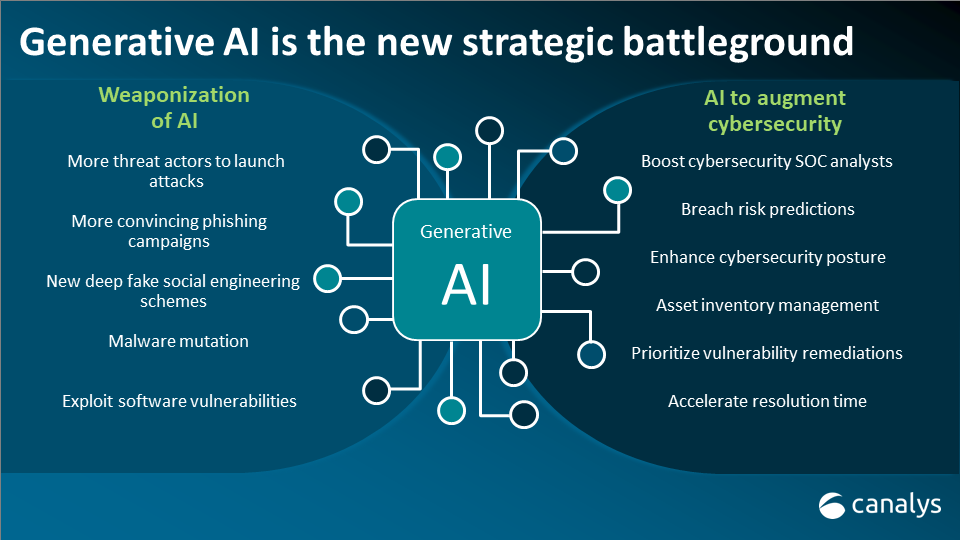Artificial intelligence (AI) makes it possible for machines to learn from experience, adjust to new inputs and perform human-like tasks. Most AI examples that you hear about today – from chess-playing computers to self-driving cars – rely heavily on deep learning and natural language processing. Using these technologies, computers can be trained to accomplish specific tasks by processing large amounts of data and recognising patterns in the data.
Artificial Intelligence History
The term artificial intelligence was coined in 1956, but AI has become more popular today thanks to increased data volumes, advanced algorithms, and improvements in computing power and storage.
Early AI research in the 1950s explored topics like problem solving and symbolic methods. In the 1960s, the US Department of Defence took interest in this type of work and began training computers to mimic basic human reasoning. For example, the Defence Advanced Research Projects Agency (DARPA) completed street mapping projects in the 1970s. And DARPA produced intelligent personal assistants in 2003, long before Siri, Alexa or Cortana were household names.
This early work paved the way for the automation and formal reasoning that we see in computers today, including decision support systems and smart search systems that can be designed to complement and augment human abilities.
While Hollywood movies and science fiction novels depict AI as human-like robots that take over the world, the current evolution of AI technologies isn’t that scary – or quite that smart. Instead, AI has evolved to provide many specific benefits in every industry. Keep reading for modern examples of artificial intelligence in health care, retail and more.
1950s–1970s
Neural Networks
Early work with neural networks stirs excitement for “thinking machines.”
1980s–2010s
Machine Learning
Machine learning becomes popular.
2011–2020s
Deep Learning
Deep learning breakthroughs drive AI boom.
Present Day
Generative AI
Generative AI, a disruptive tech, soars in popularity.
What is generative AI?
“With generative AI, we’re entering a new era of human and machine interaction,” says Marinela Profi, an AI marketing manager at SAS.
Generative AI learns from billions of data points and generates new content based on human prompts. Hear Profi discuss real-world examples of generative AI across industries, including use cases using large language models (LLMs), synthetic data generation and digital twins.
Learn about the risks and benefits of this new frontier in AI.

Why is artificial intelligence important?
AI automates repetitive learning and discovery through data. Instead of automating manual tasks, AI performs frequent, high-volume, computerised tasks. And it does so reliably and without fatigue. Of course, humans are still essential to set up the system and ask the right questions.
AI adds intelligence to existing products. Many products you already use will be improved with AI capabilities, much like Siri was added as a feature to a new generation of Apple products. Automation, conversational platforms, bots and smart machines can be combined with large amounts of data to improve many technologies. Upgrades at home and in the workplace, range from security intelligence and smart cams to investment analysis.
AI adapts through progressive learning algorithms to let the data do the programming. AI finds structure and regularities in data so that algorithms can acquire skills. Just as an algorithm can teach itself to play chess, it can teach itself what product to recommend next online. And the models adapt when given new data.
AI analyses more and deeper data using neural networks that have many hidden layers. Building a fraud detection system with five hidden layers used to be impossible. All that has changed with incredible computer power and big data. You need lots of data to train deep learning models because they learn directly from the data.
AI achieves incredible accuracy through deep neural networks. For example, your interactions with Alexa and Google are all based on deep learning. And these products keep getting more accurate the more you use them. In the medical field, AI techniques from deep learning and object recognition can now be used to pinpoint cancer on medical images with improved accuracy.
AI gets the most out of data. When algorithms are self-learning, the data itself is an asset. The answers are in the data – you just have to apply AI to find them. Since the role of the data is now more important than ever, it can create a competitive advantage. If you have the best data in a competitive industry, even if everyone is applying similar techniques, the best data will win. But using that data to innovate responsibly requires trustworthy AI. And that means your AI systems should be ethical, equitable and sustainable.
Artificial Intelligence in Today's World
Pondering AI podcast
Is artificial intelligence always biased? Does AI need humans? What will AI do next? Join Kimberly Nevala to ponder AI’s progress with a diverse group of guests, including innovators, activists, and data experts.
Your journey to AI success
Determine if you really need artificial intelligence. And learn to evaluate if your organisation is prepared for AI. This series of strategy guides and accompanying webinars, produced by SAS and MIT SMR Connections, offers guidance from industry pros.
How Artificial Intelligence Is Being Used
Every industry has a high demand for AI capabilities – including systems that can be used for automation, learning, legal assistance, risk notification and research. Specific uses of AI in industry include:
Health Care
AI applications can provide personalised medicine and X-ray readings. Personal health care assistants can act as life coaches, reminding you to take your pills, exercise or eat healthier.
Retail
AI provides virtual shopping capabilities that offer personalised recommendations and discuss purchase options with the consumer. Stock management and site layout technologies will also be improved with AI.
Manufacturing
AI can analyse factory IoT data as it streams from connected equipment to forecast expected load and demand using recurrent networks, a specific type of deep learning network used with sequence data.
Banking
Artificial Intelligence enhances the speed, precision, and effectiveness of human efforts. In financial institutions, AI techniques can be used to identify which transactions are likely to be fraudulent, adopt fast and accurate credit scoring, as well as automate manually intense data management tasks.
How Artificial Intelligence Works
AI works by combining large amounts of data with fast, iterative processing and intelligent algorithms, allowing the software to learn automatically from patterns or features in the data. AI is a broad field of study that includes many theories, methods, and technologies, as well as the following major subfields:
Neural Networks
A neural network is a type of machine learning that is made up of interconnected units (like neurons) that processes information by responding to external inputs, relaying information between each unit. The process requires multiple passes at the data to find connections and derive meaning from undefined data.
Machine Learning
Machine learning automates analytical model building. It uses methods from neural networks, statistics, operations research, and physics to find hidden insights in data without explicitly being programmed for where to look or what to conclude.

